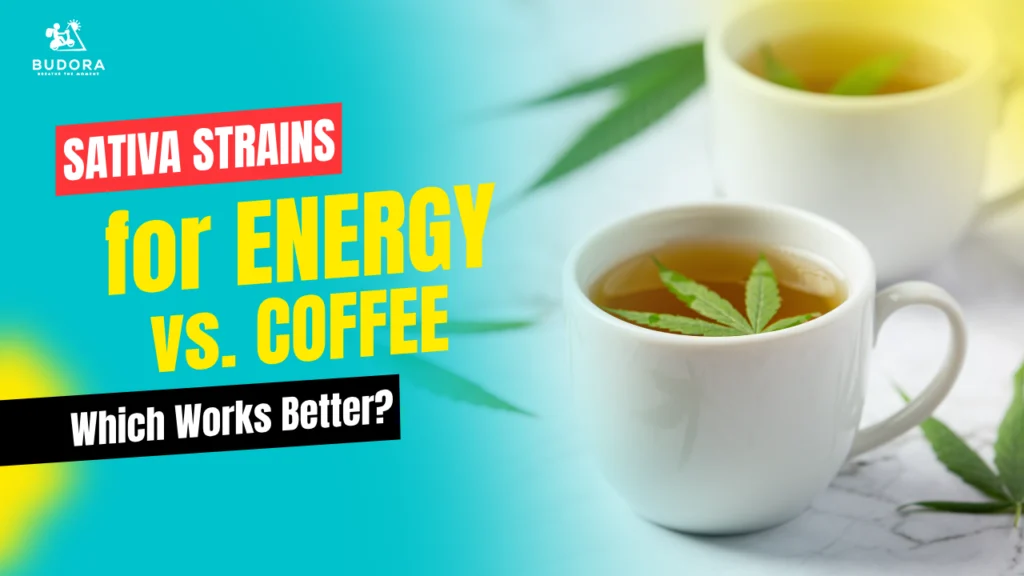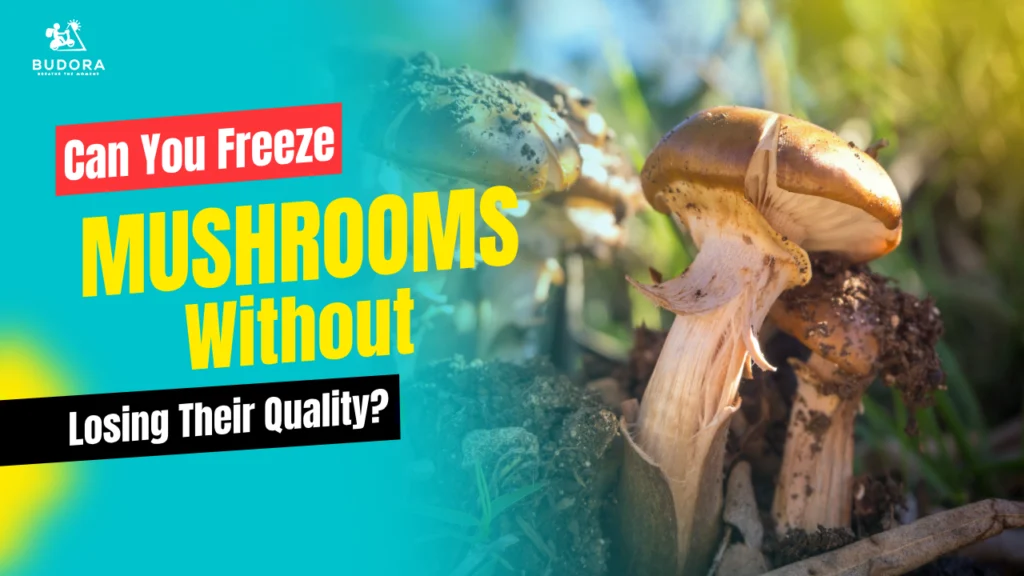Blog
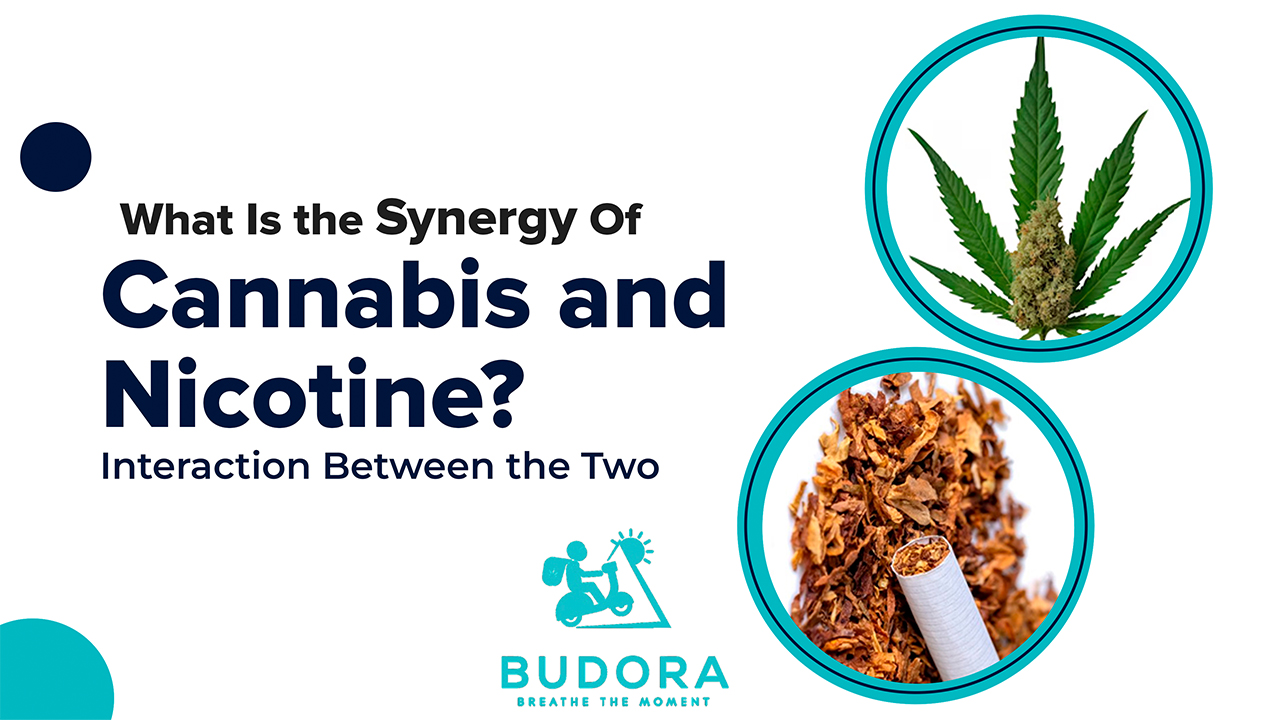
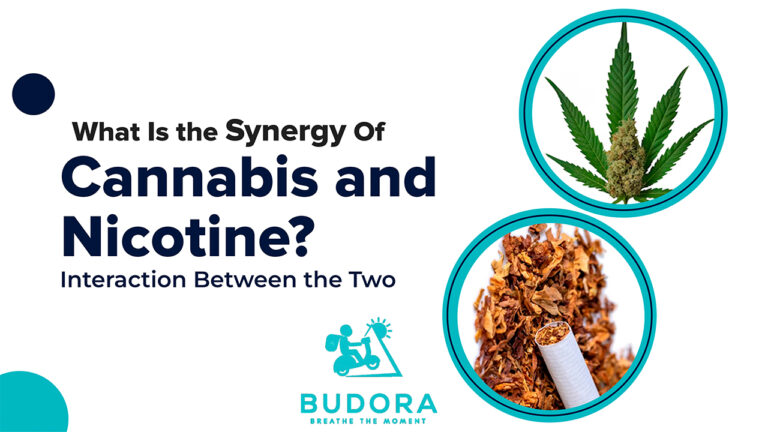
The Synergy of Cannabis and Nicotine: Benefits, Risks, and Responsible Use
- Budora Team
The concurrent use of cannabis and nicotine is a prevalent practice among various demographics, particularly young adults. While some users report enhanced effects when combining these substances, it’s essential to understand the underlying mechanisms, potential benefits, and associated risks. This article delves into the synergy between cannabis and nicotine, offering insights into their combined effects and guidance for responsible consumption.
Key Highlights
- Combining cannabis and nicotine can enhance euphoria and mood but also increases the risk of dependence and cognitive issues.
- Over a third of young adults reportedly use both substances together, often through practices like smoking spliffs.
- Safer alternatives like edibles and moderation in use are recommended to reduce respiratory and mental health risks.
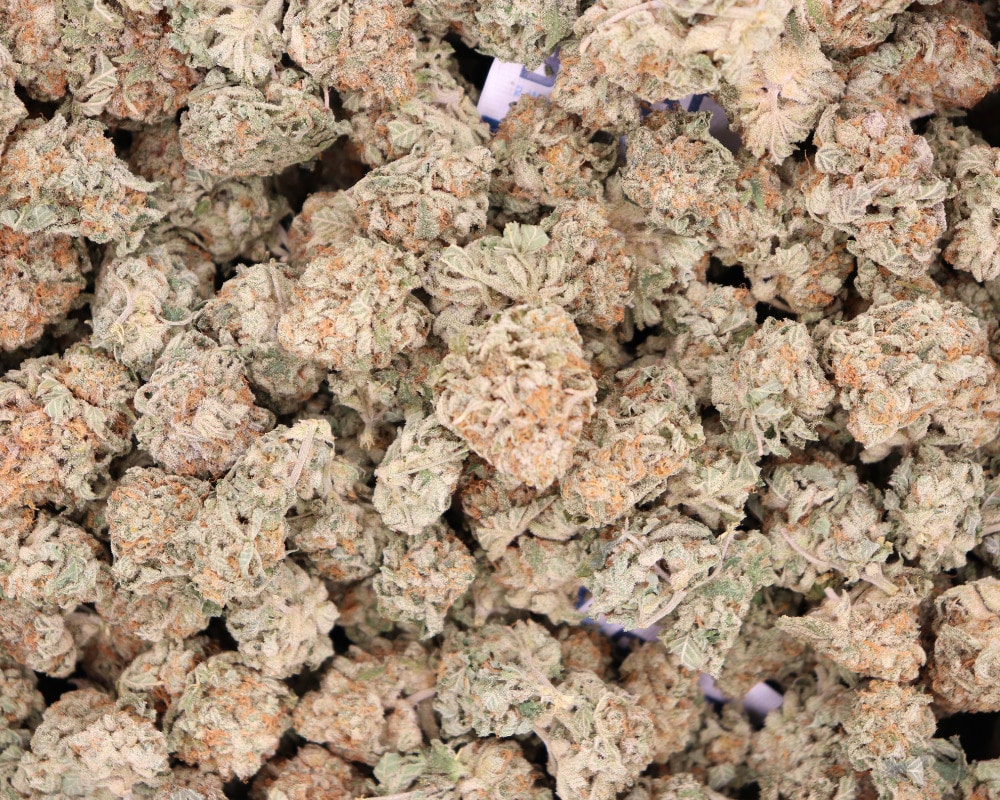
Understanding Cannabis and Nicotine
Cannabis
Cannabis contains active compounds known as cannabinoids, with tetrahydrocannabinol (THC) and cannabidiol (CBD) being the most prominent. THC is primarily responsible for the psychoactive effects, inducing feelings of euphoria and relaxation. CBD, on the other hand, is non-psychoactive and is often associated with therapeutic benefits such as anxiety relief and anti-inflammatory properties. Cannabis can be consumed through various methods, including smoking, vaping, edibles, and tinctures. For those interested in exploring different cannabis products, Budora offers a wide selection of premium options, including edibles, concentrates, and flower strains.
Nicotine
Nicotine is a stimulant found predominantly in tobacco products. It acts on the central nervous system, leading to increased alertness, mood elevation, and, over time, dependence. Common nicotine delivery methods include cigarettes, cigars, e-cigarettes, and nicotine patches.
How Cannabis and Nicotine Interact
When consumed together, cannabis and nicotine can produce synergistic effects, altering the user’s experience. Some reported interactions include:
- Enhanced Euphoria: Nicotine may amplify the psychoactive effects of THC, leading to a more intense high.
- Balanced Stimulation and Relaxation: While cannabis induces relaxation, nicotine’s stimulating properties can counteract drowsiness, resulting in a balanced state of alert calmness.
- Mood Modulation: The combination can influence neurotransmitter activity, potentially enhancing mood more than either substance alone.
It’s important to note that individual reactions can vary based on factors like dosage, method of consumption, and personal physiology.

Prevalence of Co-Use
Studies indicate a significant overlap in cannabis and nicotine use. For instance, research published in the journal Psychology of Addictive Behaviors found that over a third of young adults reported using both substances concurrently. This co-use is often attributed to social practices, such as smoking “spliffs” (joints mixed with tobacco), and the desire to modulate the effects of cannabis.
Potential Benefits of Combined Use
While caution is advised, some users report perceived benefits from combining cannabis and nicotine:
- Enhanced Cognitive Function: Nicotine’s stimulating effects might counteract cannabis-induced short-term memory impairment, potentially aiding in tasks requiring focus.
- Appetite Regulation: Cannabis is known to increase appetite, whereas nicotine suppresses it. Together, they might balance each other’s effects on hunger.
- Mood Enhancement: The combination may produce a unique mood profile, blending relaxation with alertness, which some users find desirable.
However, these benefits are subjective and not universally experienced.
Risks and Health Implications
Increased Dependency
Combining two psychoactive substances can elevate the risk of developing dependence on one or both. Nicotine is notably addictive, and its use alongside cannabis may reinforce habitual consumption patterns.
Respiratory Concerns
Smoking both substances can exacerbate respiratory issues. The inhalation of combusted materials introduces harmful toxins to the lungs, increasing the risk of chronic bronchitis and other pulmonary conditions. To mitigate these risks, consider exploring non-combustible cannabis consumption methods, such as edibles or vaporizers, which are available through weed delivery in Vancouver.
Cognitive and Mental Health Effects
Research suggests that co-use may impact cognitive functions and mental health. A study in Psychopharmacology highlighted that simultaneous use could influence reward processing in the brain, potentially affecting decision-making and increasing susceptibility to mental health disorders.
Impact on Adolescents and Young Adults
The adolescent brain is particularly vulnerable to the effects of psychoactive substances. Co-use during this developmental period can interfere with neurodevelopment, leading to long-term cognitive deficits.
Responsible Consumption Guidelines
For those who choose to use both cannabis and nicotine, the following practices can help mitigate risks:
- Moderation: Limit the frequency and quantity of use to reduce the potential for dependence and adverse health effects.
- Alternative Consumption Methods: Consider non-combustible methods, such as edibles or vaporizers, to minimize respiratory harm.
- Awareness of Personal Reactions: Monitor how your body responds to the combination and adjust usage accordingly.
- Seek Professional Advice: Consult healthcare professionals for personalized guidance, especially if you have pre-existing health conditions.

How to Lower Health Risks When Using Cannabis and Nicotine
There are more ways to lower the health risks if you choose to use them:
-
Use in moderation: by understanding personal tolerance.
Start with small amounts and pay attention to how your body reacts. Overconsumption can increase risks like anxiety, dizziness, or nausea. -
Limit Other Substances: Don’t mix with alcohol or other drugs.
Combining substances can amplify negative side effects and impair judgment. Sticking to one substance at a time reduces potential harm. -
Consider Edibles: Choose non-smoking options like edibles, which are less harmful to your lungs.
Edibles provide a smoke-free alternative, though effects may take longer to kick in. Always start with a low dose to avoid overconsumption. -
Don’t Use During Pregnancy: There is no safe amount of cannabis or tobacco use during pregnancy or breastfeeding.
Both substances can harm fetal development and increase the risk of complications. If you’re pregnant or breastfeeding, it’s best to avoid use entirely. -
Be Mindful of Where You Smoke: Don’t smoke or vape near children, pregnant individuals, or in enclosed spaces.
Secondhand smoke can be just as harmful as direct inhalation. Always choose open, ventilated areas and respect others’ comfort and health.
Conclusion
The synergy between cannabis and nicotine presents a complex interplay of effects that can vary widely among individuals. While some users may experience enhanced sensations, the combination also poses significant health risks, particularly concerning dependency and cognitive function. Understanding these dynamics is crucial for making informed decisions about consumption. Prioritizing moderation, exploring safer consumption methods, and staying informed can help mitigate potential adverse effects.
FAQs About Cannabis and Nicotine
Can you use the same vaporizer for nicotine and cannabis?
Yes, many vaporizers are designed to handle both nicotine (e-liquids) and cannabis (dry herb or concentrates), but it’s important to clean the device thoroughly between uses to avoid flavor contamination and ensure safety. Additionally, some vaporizers are specifically made for one type, so always check the device specifications before use.
What happens when you mix cannabis and nicotine?
Mixing cannabis and nicotine can enhance the high and boost focus, but effects vary by person.
Is it safe to use cannabis and nicotine together?
It carries risks like addiction, lung irritation, and developmental issues, especially for those under 25.
Can combining cannabis and nicotine help with focus?
Yes, nicotine can reduce the tiredness of cannabis and help you stay alert.
What are the risks of using cannabis and nicotine together?
Risks include addiction, breathing problems, and potential harm to brain development.
How can I reduce the risks of combining cannabis and nicotine?
Use in moderation, avoid deep inhalation, and consider safer alternatives like edibles.
Like this article?

Budora Team
OTHER ARTICLES YOU MAY LIKE

